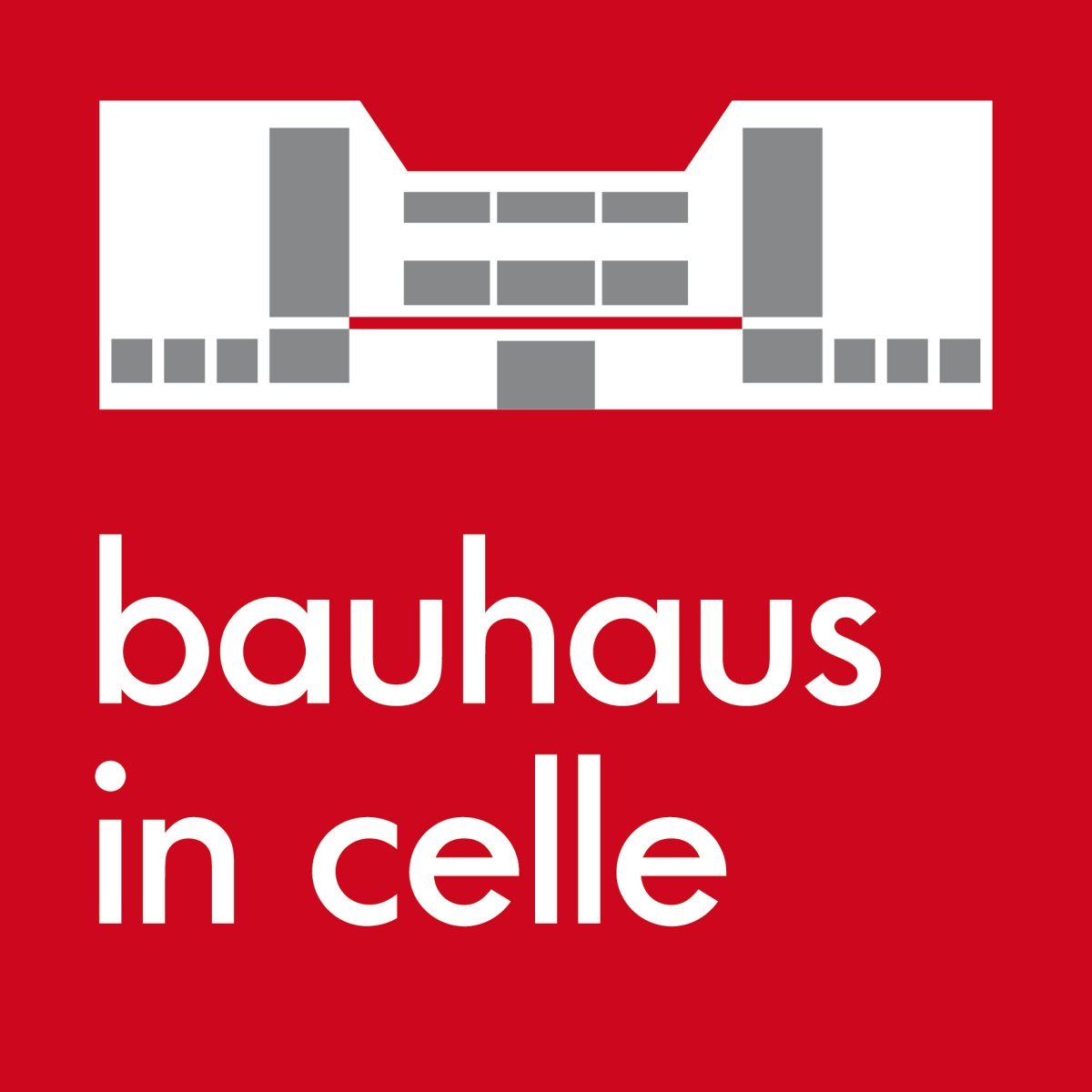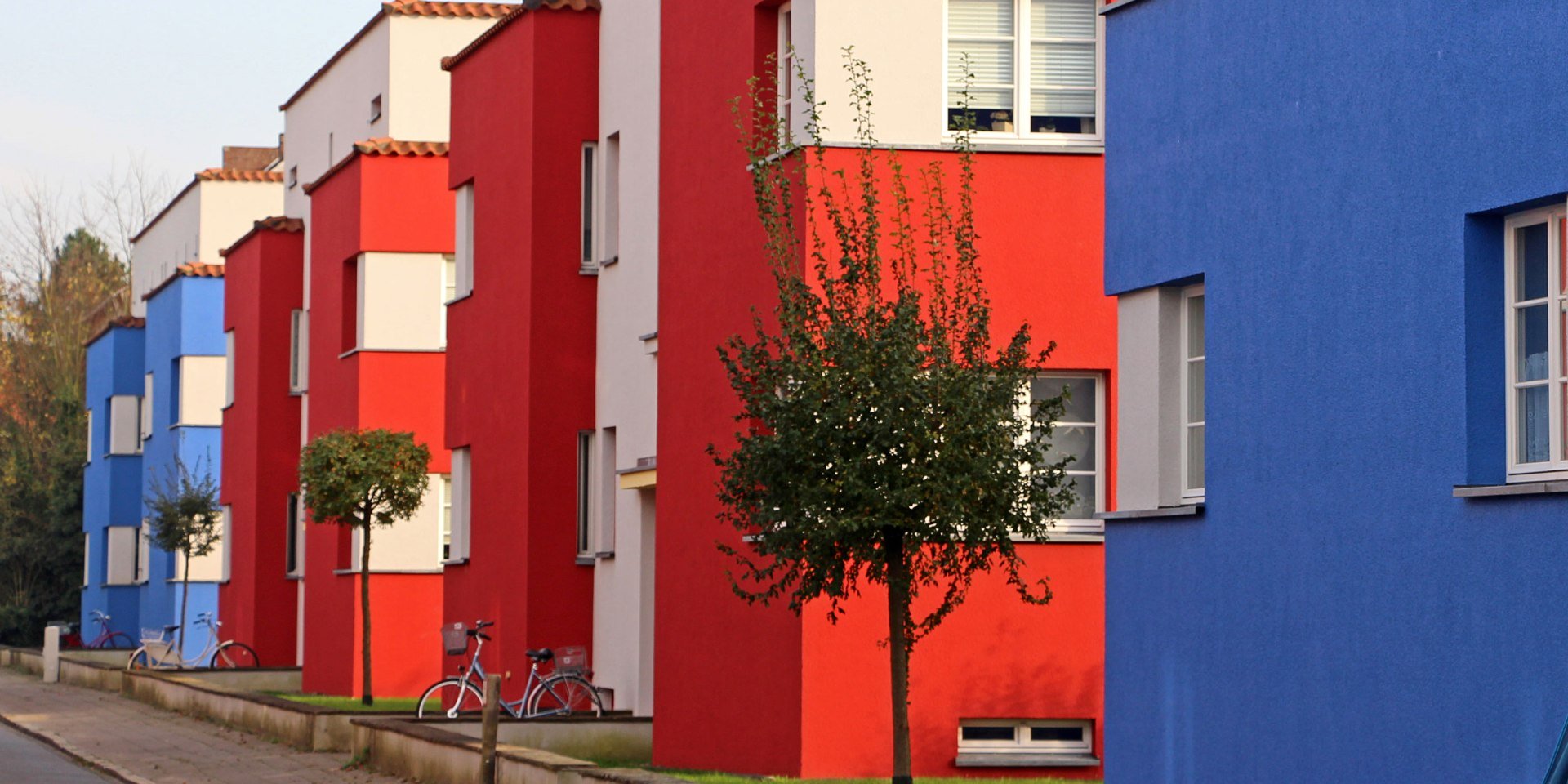With more than 490 faithfully restored half-timbered houses, Celle – the "half-timbered jewel on the River Aller" – is the largest enclosed ensemble of half-timbered buildings in Europe and one of the most beautiful half-timbered residential towns in Germany. Many are familiar with the picturesque The Royal House of Hanoverschloss Palace, one of the most stunning of its kind in North Germany, the historic old town and the unique 24-hour art museum.
But few know that Celle is sometimes referred to as the birthplace of New Objectivity and is in the same league as Weimar and Dessau when it comes to Bauhaus architecture – both quantitatively, considering the variety of wonderfully preserved structures, some of which are still used for their original purpose, and qualitatively, bearing in mind the old school which garnered international attention and attracted visitors from all over the world in the 20s as the "Glass School". Due to the sheer number of visitors, the school administrators at the time had to limit tours to Thursday afternoons and Saturday mornings and charge an entry fee of 50 pfennigs. The proceeds were used to buy milk for the pupils.
In addition to quirky stories, there are also remarkable truths surrounding New Objectivity in Celle. It is a fact that the "Glass School", which is still used as a primary school, is one of the most important Bauhaus buildings in the world.
Celle owes its global architectural significance to the architect Otto Haesler (1880-1962), who honed social housing during the Weimar Republic using Celle as a base. Thanks to his clear design language, the use of primary colours and the integration of tubular steel furniture manufactured in Celle, he is considered one of the pioneers and innovators of New Objectivity and Bauhaus architecture alongside Walter Gropius and Hannes Meyer.
Many of these design works, such as the bold red-blue Italian Garden settlement and other Haesler buildings including the director's residence and the Haesler Museum, run with great attention to detail, are now open to the public.
Celle Bauhaus architecture now and in 2019
The seven buildings and settlements designed by Haesler between 1923 and 1931 in Celle are still largely preserved in their original condition and almost all are used for their original purpose. For the Bauhaus anniversary in 2019, the seven New Objectivity buildings and settlements by Otto Haesler in Celle will be the point of focus and showcased at various levels to both the specialist audience and the public: at the Otto Haesler Museum and the simple apartments preserved in their original condition; by foot, bike or Segway along the circular route to his buildings in the form of exhibitions, events, celebrations and activities in and around the original structures by Otto Haesler.
The Haesler Museum
A worker's Bauhaus apartment preserved and furnished in its original condition, a worker's apartment with 50s-style furniture, refugee accommodation dating back to 1945, original washing and bathing facilities built in 1931 and an extensive photo exhibition about life in a workers' Bauhaus settlement make this museum unique in Germany. The Haesler Museum is currently open on the first Sunday of the month between 3 p.m. and 6 p.m. Visits outside of these times by appointment only. Entry is free and donations are welcome.
Bauhaus architecture in Celle:
- Old "Glass School", built in 1926/28
- Rector's residence, built in 1926/28
- "St. George's Garden" settlement, built in 1925/26
- Director's residence, built in 1930/31
- "Italian Garden" settlement, built in 1923/25
- "Galgenberg/Blumläger Field" settlement, built in 1930/31
- Haesler Museum



